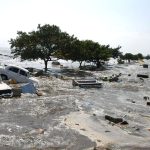If you’re ready to embark on an incredible journey through the planet’s most breathtaking and enormous landmasses, let’s talk about the top ten largest islands in the world. These aren’t just random chunks of land floating in the sea; they’re the giants, the heavyweights, the most massive islands that dominate the globe with their sheer size and awe inspiring presence. Picture Greenland, the undisputed champion, stretching out with its endless ice sheets and rocky cliffs, covering more square kilometers than you can imagine. Then there’s New Guinea, a wild paradise split between rugged mountains and dense rainforests, teeming with cultures and creatures found nowhere else. Don’t sleep on Madagascar either, an island so big and unique it’s practically a mini continent, bursting with exotic wildlife and landscapes that scream adventure.
But the list doesn’t stop there. Think about Australia, a contender some call a continent, yet undeniably one of the largest islands by any measure, with its sprawling deserts, coastal beaches, and vibrant cities. Or take a trip to Borneo, where thick jungles hide towering peaks and rivers that carve through the heart of this tropical beast. Baffin Island chills up north with its icy, untamed beauty, while Honshu, Japan’s pride, blends ancient history with modern bustle across its vast terrain. Sumatra’s steamy jungles and volcanic vibes make it another standout, and Great Britain, rich with lore and rolling hills, holds its own among these titans. Let’s not forget Iceland, a land of fire and ice that punches way above its weight in natural wonders.
What makes these the biggest islands isn’t just their size in square miles or kilometers, though that’s a huge part of it. It’s the way they shape the world around them, from influencing weather patterns to cradling entire ecosystems and human histories. Whether you’re a geography nerd, a travel junkie, or just someone who loves a good story, digging into these largest islands offers endless fascination. Imagine standing on the shores of one, feeling the scale of it all, from the crashing waves to the distant horizons. This isn’t just a list; it’s a celebration of the most colossal islands Earth has to offer, each one a masterpiece of nature and a testament to the planet’s wild diversity. So, let’s unpack these giants and see why they’re the top ten largest islands you need to know about.
Top Ten Largest Island In The World
10. Ellesmere Island

Ellesmere Island, located in the Canadian Arctic Archipelago, covers 196,236 km² and is the tenth largest island globally. It’s known for its rugged terrain, with the Arctic Cordilleras dominating the landscape and Barbeau Peak reaching 2,616 meters, the highest in Nunavut. The climate is Arctic, with long, cold winters and short, cool summers, experiencing perpetual daylight in summer and darkness in winter. More than one-fifth of the island is protected as Quttinirpaaq National Park, preserving its unique ecosystem, which includes musk oxen, polar bears, caribou, and Arctic hares. The population is sparse, at about 144, concentrated in settlements like Alert (the northernmost permanently inhabited place), Eureka, and Grise Fiord. Historically, it was visited by Vikings and explored by Europeans in the 19th century, with Inuit inhabiting it for thousands of years. Tourism is limited, accessed mainly by air or Arctic cruises, offering wildlife observation and cultural experiences.
9. Great Britain

Great Britain, with an area of 209,331 km², is the ninth largest island and lies in the North Atlantic off Europe’s northwest coast, comprising England, Scotland, and Wales. It has a temperate maritime climate, influenced by the Gulf Stream, with mild temperatures and significant rainfall, supporting green landscapes ideal for agriculture. The population is approximately 61 million, making it the third-most-populous island globally, after Honshu and Java. Its geography varies from rolling hills to rugged mountains like Ben Nevis at 1,345 meters. Historically, it has a rich tapestry from Roman times to the British Empire, with cultural contributions in literature (e.g., Shakespeare), science (e.g., Newton), and arts. Major cities like London, a global financial center, and Edinburgh highlight its economic and cultural significance. Tourism thrives, attracting millions to historical sites like Stonehenge and natural beauty like the Scottish Highlands.
8. Victoria Island
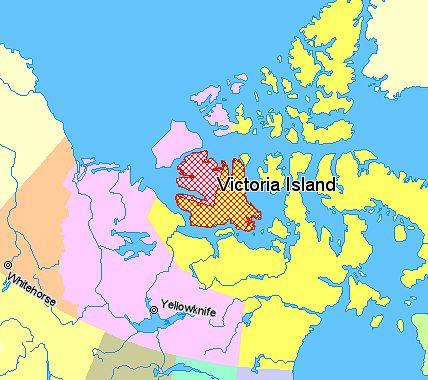
Victoria Island, covering 217,291 km², is the eighth largest and lies in Canada’s Arctic Archipelago, divided between the Northwest Territories and Nunavut. It’s larger than Great Britain but smaller than Honshu, with a flat tundra landscape, permafrost, and numerous lakes and rivers like the Kuujjua River. The climate is Arctic, with long, cold winters and short, cool summers. It supports Arctic wildlife such as caribou, musk oxen, and polar bears, with marine life in surrounding waters. The population is about 2,168, primarily in Cambridge Bay and Ulukhaktok, engaged in hunting, fishing, and government services. Historically, Inuit have lived here for millennia, with European exploration starting in the 19th century. Tourism is growing, offering Arctic wilderness experiences, though access is challenging, mainly via air or cruises.
7. Honshu
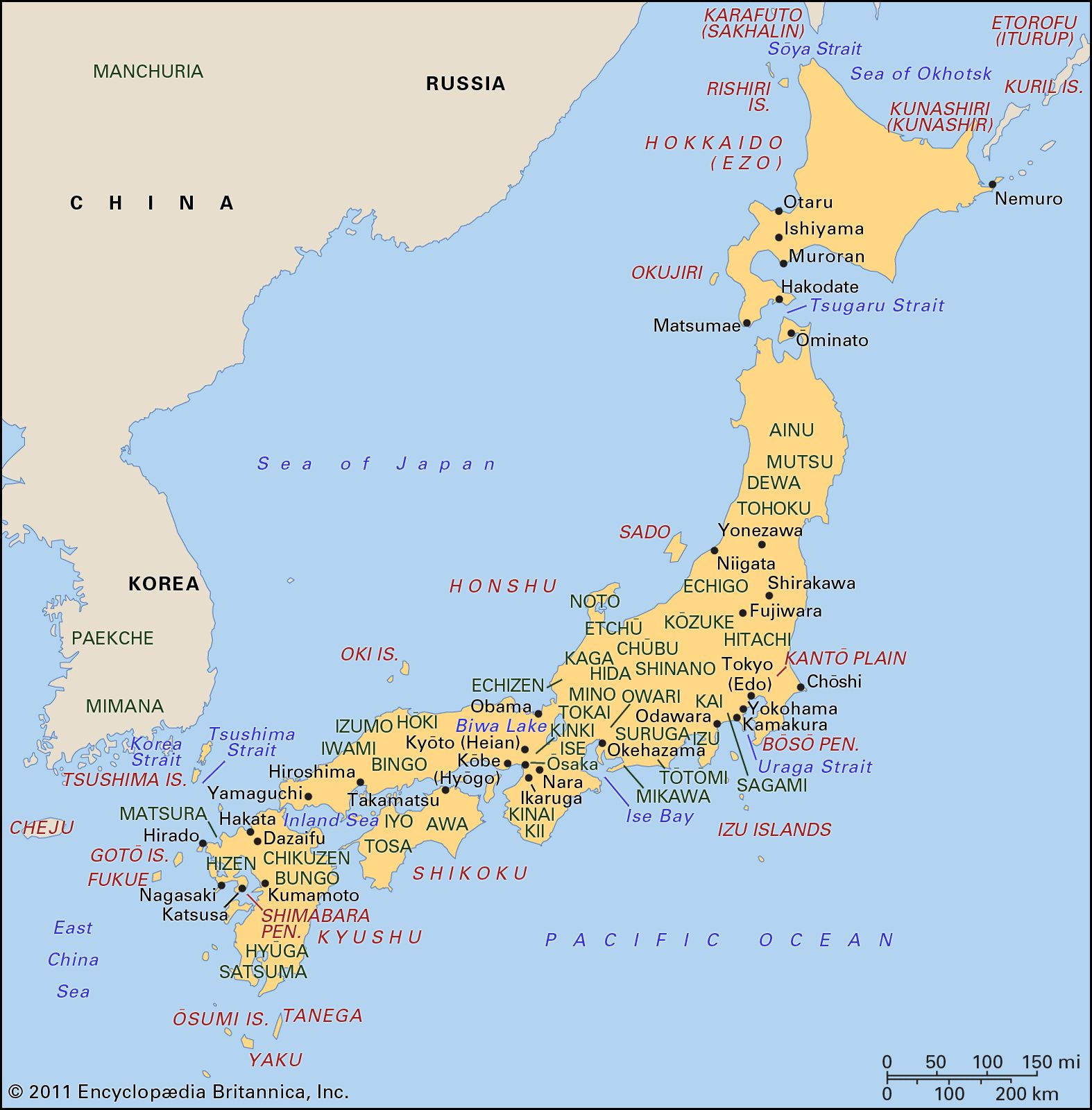
Honshu, at 225,800 km², is Japan’s main island and the seventh largest globally, home to over 100 million people. It features mountainous terrain, with the Japanese Alps and Mount Fuji (3,776 meters) as iconic landmarks. The climate varies from temperate in the south to cooler in the north, with distinct seasons and occasional typhoons. Major cities like Tokyo, Osaka, Kyoto, and Nagoya make it an economic powerhouse, with industries in technology, manufacturing, and finance. Culturally, it’s rich with historical sites like Kyoto’s temples and modern urban life, blending tradition with innovation. Tourism is significant, attracting visitors for cherry blossoms, Mount Fuji, and cultural experiences, making it a blend of ancient heritage and modern dynamism.
6. Sumatera

Sumatera, part of Indonesia, covers 473,606 km² and is the sixth largest island, known for its biodiversity and cultural diversity. It has a mountainous spine with active volcanoes and dense rainforests, part of the UNESCO Tropical Rainforest Heritage of Sumatera. The climate is tropical, with high temperatures and significant rainfall, supporting species like the Sumatran tiger, rhinoceros, elephant, and orangutan. The population exceeds 50 million, with diverse ethnic groups like the Batak and Minangkabau, each with unique traditions. The economy relies on agriculture (e.g., palm oil), mining, and growing tourism, though deforestation is a concern. Popular tourist spots include Lake Toba and Bukit Barisan Selatan National Park, offering natural and cultural adventures.
5. Baffin Island
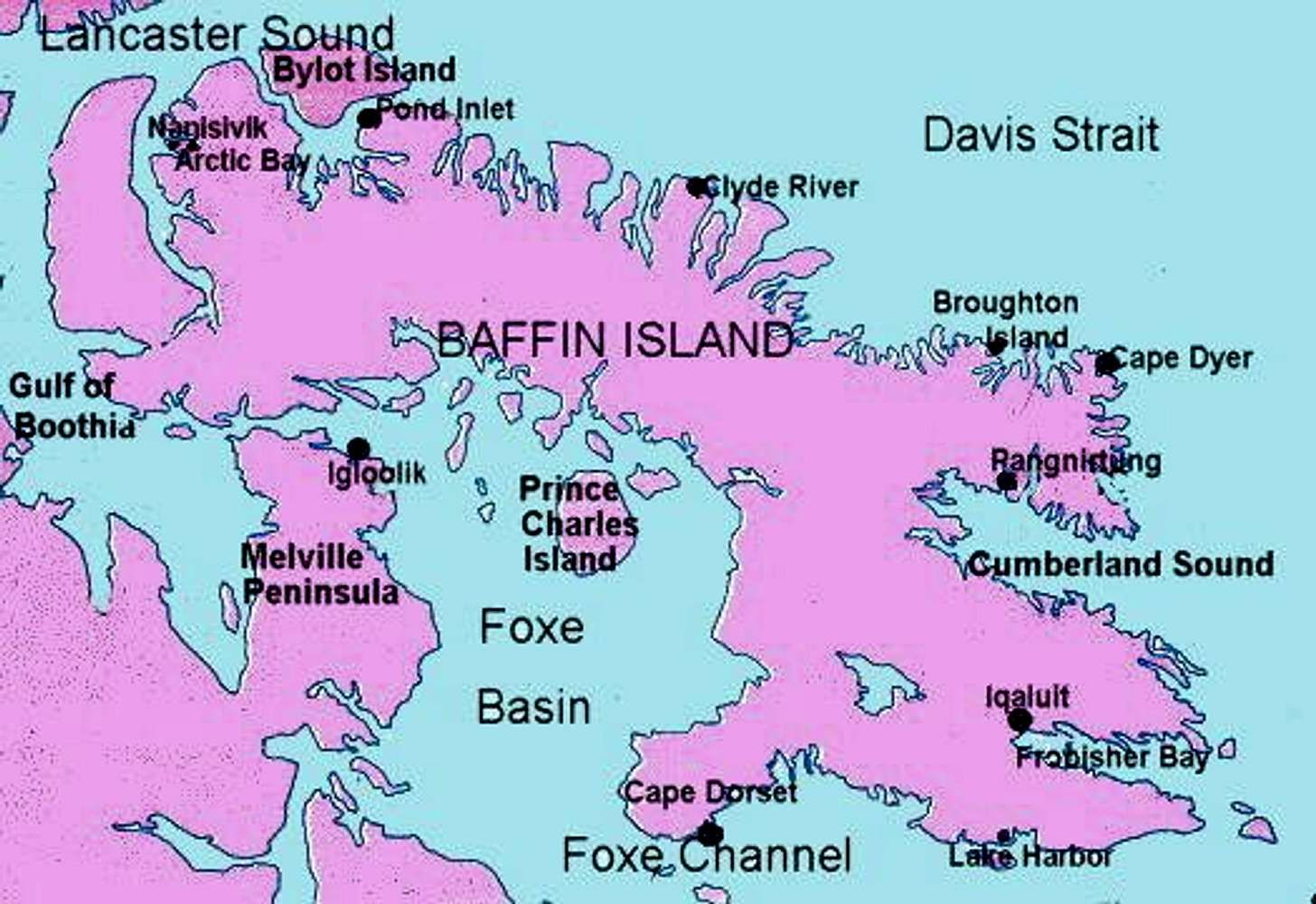
Baffin Island, at 507,451 km², is the fifth largest and lies in Canada’s Arctic Archipelago, known for its rugged beauty and Inuit culture. It features mountainous terrain, fjords, glaciers, and tundra, with Mount Odin at 2,147 meters. The climate is Arctic, with long, cold winters and short, cool summers, supporting wildlife like polar bears, caribou, and Arctic foxes. The population is around 11,000, mostly Inuit, in settlements like Iqaluit, Pangnirtung, and Kimmirut. Historically, it was inhabited by Inuit for millennia, with European exploration by Martin Frobisher in 1576. Tourism is increasing, offering hiking, kayaking, and wildlife tours, accessed via air or Arctic cruises, highlighting its natural and cultural significance.
4. Madagascar

Madagascar, covering 587,041 km², is the fourth largest and lies in the Indian Ocean off Africa’s east coast, known for unique biodiversity. Its landscape includes rainforests, deserts, mountains, and beaches, with a climate ranging from tropical to arid, and a rainy season from November to April. It’s renowned for endemic species, with over 90% of wildlife unique, including lemurs, chameleons, and baobab trees. The population exceeds 27 million, with a culture blending African, Asian, and European influences, and a history of kingdoms and colonization. The economy is agricultural, with rice as a staple, and growing tourism, attracting visitors to sites like Andasibe-Mantadia National Park and the Avenue of the Baobabs.
3. Borneo
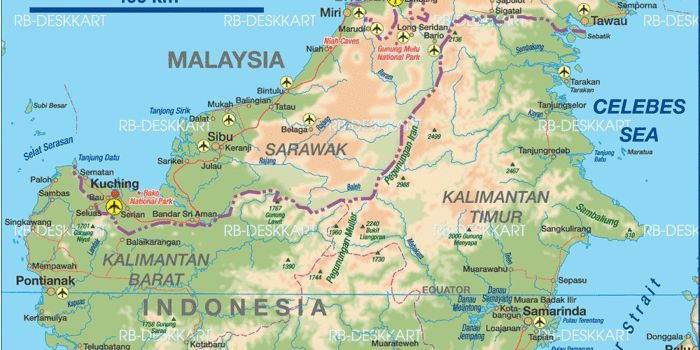
Borneo, at 748,157 km², is the third largest, shared by Indonesia, Malaysia, and Brunei, known for dense rainforests and diverse wildlife. It has a mountainous interior with Mount Kinabalu at 4,095 meters and a tropical climate with high rainfall, supporting species like orangutans, Borneo elephants, and rhinoceros. The population exceeds 20 million, with indigenous groups like the Dayak known for longhouses and festivals. The economy relies on oil, gas, timber, and palm oil, with tourism growing in areas like Sarawak and Sabah, offering trekking, river cruises, and wildlife encounters, making it a biodiversity hotspot.
2. New Guinea

New Guinea, covering 785,753 km², is the second largest, shared between Indonesia (West New Guinea) and PNG (Papua New Guinea), known for rugged terrain and cultural diversity. It has a mountainous spine with peaks over 4,000 meters, surrounded by lowland rainforests and coral reefs, with a climate varying from tropical to alpine. It’s one of the most biologically diverse places, with endemic species like birds of paradise and tree kangaroos. The population exceeds 14 million, with over 800 languages and rich indigenous cultures, particularly in the highlands. The economy is based on agriculture, mining, and forestry, with tourism developing, offering trekking and cultural tours, though infrastructure can be limited.
1. Greenland

Greenland, at 2,130,800 km², is the largest island, an autonomous Danish territory in the North Atlantic, mostly ice-covered. Its landscape is dominated by the Greenland Ice Sheet, covering 80%, with coastal fjords, glaciers, and tundra. The climate is Arctic, with long, cold winters and short, cool summers, supporting wildlife like polar bears, musk oxen, and marine life. The population is around 56,000, mostly Inuit, with the capital Nuuk. Historically, it was settled by Inuit 2,500 years ago, with Viking settlements in the 10th century. The economy relies on fishing, hunting, and tourism, with attractions like the Northern Lights and Ilulissat Icefjord, offering Arctic experiences.



